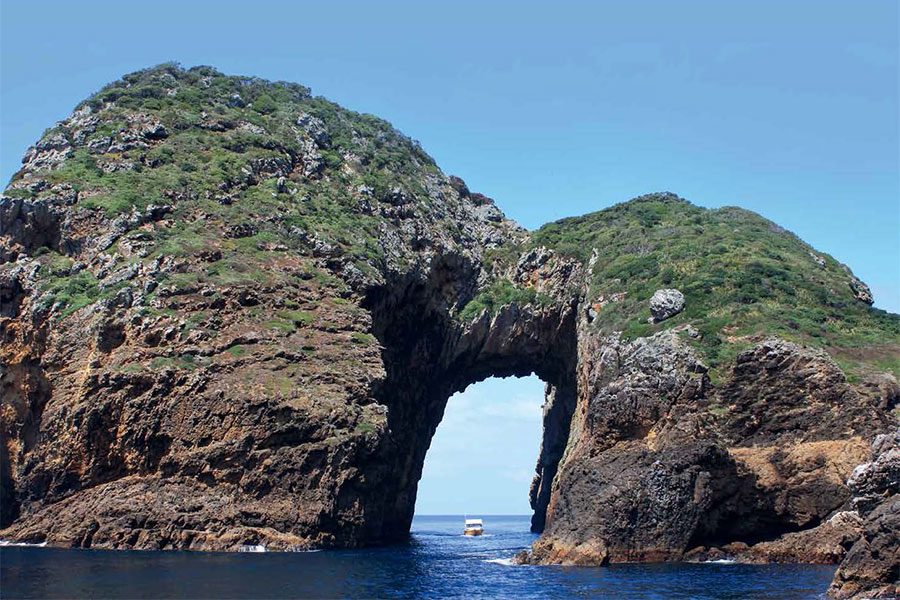

The Poor Knights Islands, Tawhiti Rahi, 23 kilometres east of Tutukaka, are steeped in history, rich in scenic beauty, and make an idyllic anchorage in crystal-clear waters.
Geologists believe these beautiful islands were formed by a massive volcano ten million years ago. The incredible rock formations, caves and outlying peaks certainly support this belief.
Many boaties, after a stopover at Tutukaka on their way to the Bay of Islands and Whangaroa, tend to give the Poor Knights a miss. They seem to waive the 23 kilometres’ extra easting. A pity, because even an overnight visit is an unforgettable experience.
James Cook had a good look at these islands when charting the North Island in 1769. He found a well-established Maori pa there, inhabited by about 400 Ngati Wai. Cook is said to have given them some breeding pigs, which were accepted with much celebration and gratitude.
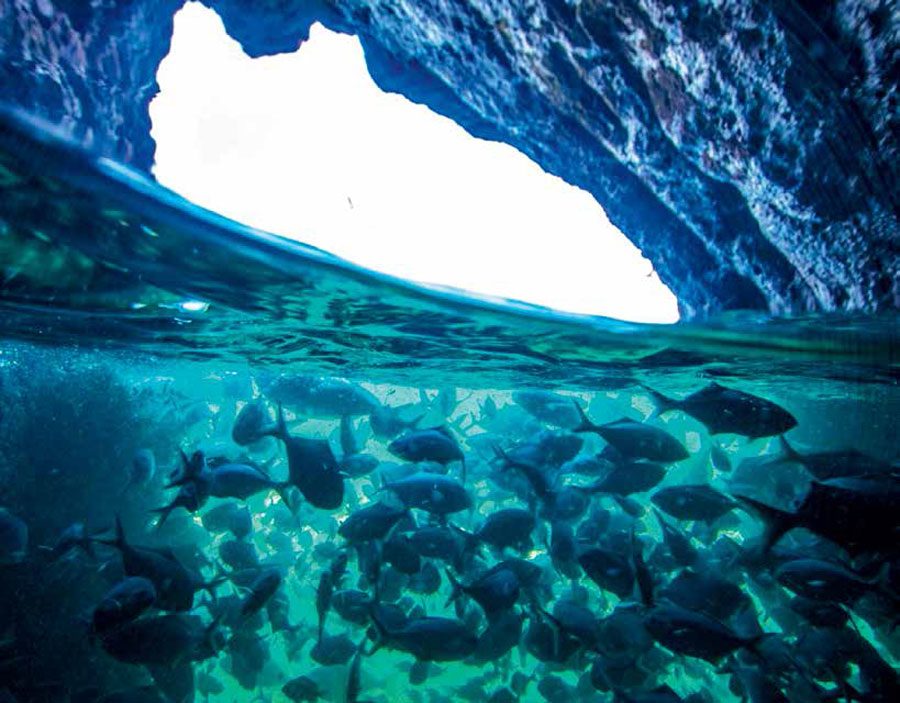
Pigs were still scarce in Maoridom many years later, so when Hokianga’s Nga Puhi hapu Te Hikutu heard of the island Ngati Wai’s pigfall, they paddled 320 kilometres around North Cape to ask the chief if he would trade with them for some. He refused and sent them all home, although they did take a breather at Whangaroa.
It took Te Hikutu 12 years to plot their utu (revenge), but upon learning all the islands’ menfolk were off raiding with Hongi Hika, they finally went back in 1823 in three large canoes. Catching the unsuspecting islanders by surprise, a massacre ensued, with many Ngati Wai, seeking to avoid slavery, leaping from the high cliffs to their deaths.
Of the survivors, some were eaten, and the rest bundled off as slaves. Only around 10 Ngati Wai, who had hidden in secret caves, were left alive to tell the tale to their menfolk when they returned. The islands were subsequently declared tapu and abandoned.
When cruising around the biggest island, Tawhiti Rahi, you can still see the perfectly preserved pa site as a lush green sloping strip.
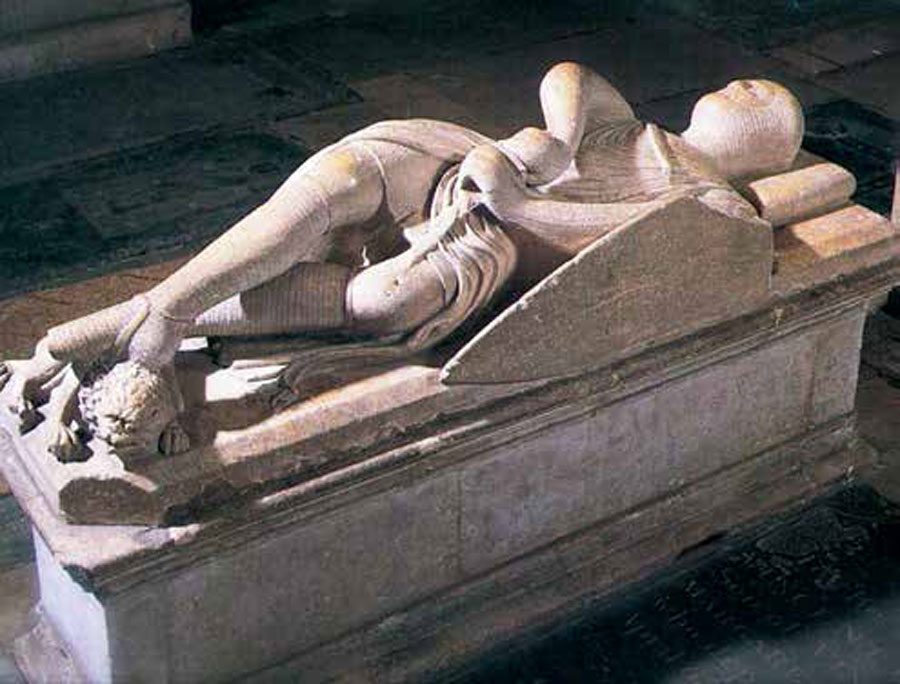

THANKS JACQUES COUSTEAU
World-famous international explorer and the inventor of modern scuba diving gear, Jacques Cousteau, spent many weeks at Tawhiti Rahi, marvelling at its clear water and studying its many thousands of fish. Around 125 species of fish live there but many had become endangered by recreational fishing. Fittingly, professional divers like Wade Doak and Kelly Tarlton were later instrumental in turning the Poor Knights Islands into a marine reserve in 1981, so that scuba sport divers and snorkellers could enjoy this marine wonderland.
Jacques moored his expedition ship Calypso during his stay and the main anchorage was named after him. In the anchorage you can easily see the bottom, 12 metres or more below, making it ideal for divers – these waters are regarded as hosting some of the 10 best dive spots in the world.
But paddle-boarders and kayakers can also enjoy themselves, launching from yachts, gin palaces or fizz boats. Or you can just potter around the cliffs in your tender. In addition, there are regular cruises from Tutukaka taking aboard divers and tourists for day-trips around the islands.
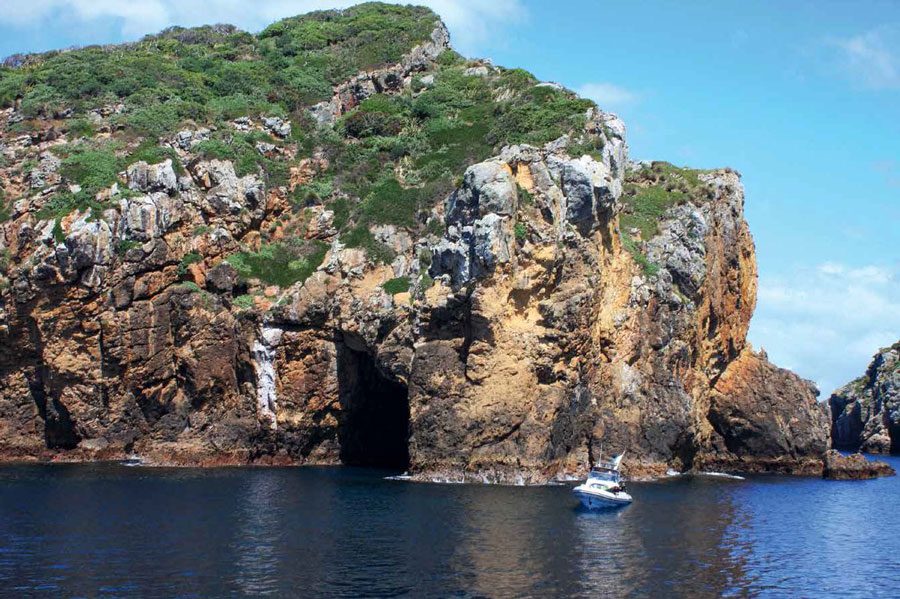
SEA-CAVES AND TOWERING CLIFFS
Volcanic strata, towering cliffs, and caves – including the world’s largest sea-cave, Rikoriko Cave – can be enjoyed on any leisurely excursion around the coastline. And while the many lesser caves and holes in the rock faces around the islands make compelling viewing, Rikoriko is simply enormous –130 metres wide and extending 80 metres into the cliff with its ceiling 35 metres above the water and the cave extending up to 26 metres below the surface.
A Japanese submarine supposedly hid there for a week or more during World War Two to make running repairs. The truth is hard to validate – the matter was classified – but you can certainly fit very large vessels in there, including the biggest tourist vessel from Tutukaka.
Very large launches and yachts have anchored inside Rikiriko Cave, swinging gently with thousands of untouchable fish swimming under their keels. Diving inside the cave is a unique experience.
Captain James Cook certainly started something when he introduced pigs to the Ngati Wai. Eventually those pigs became a serious problem, destroying the islands’ natural forest and preying on native wildlife, including the now rare Buller’s shearwater, which was decimated. As part of reclaiming the islands as a marine reserve, the pigs were removed, which has allowed the wildlife to thrive, including the prehistoric Tuatara.
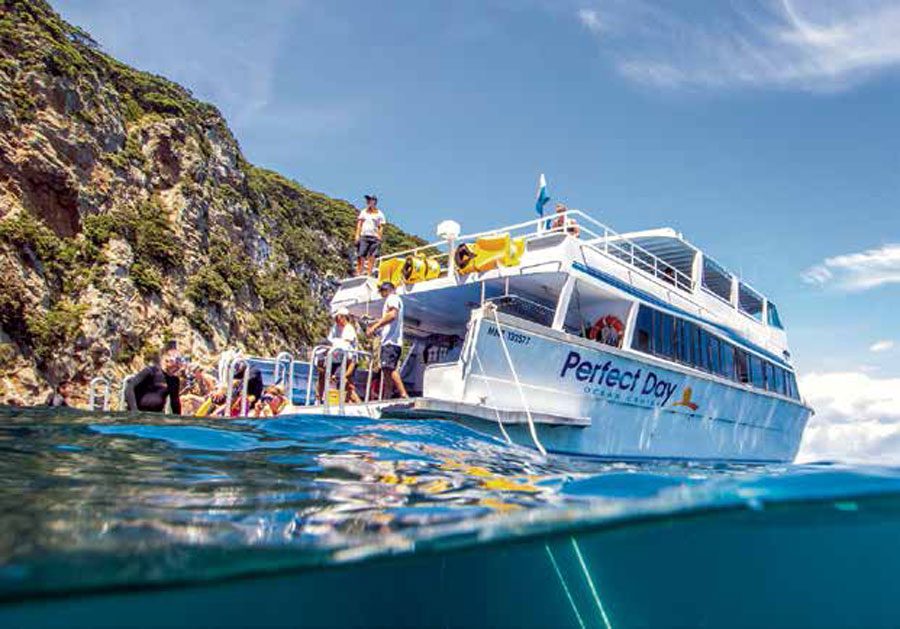
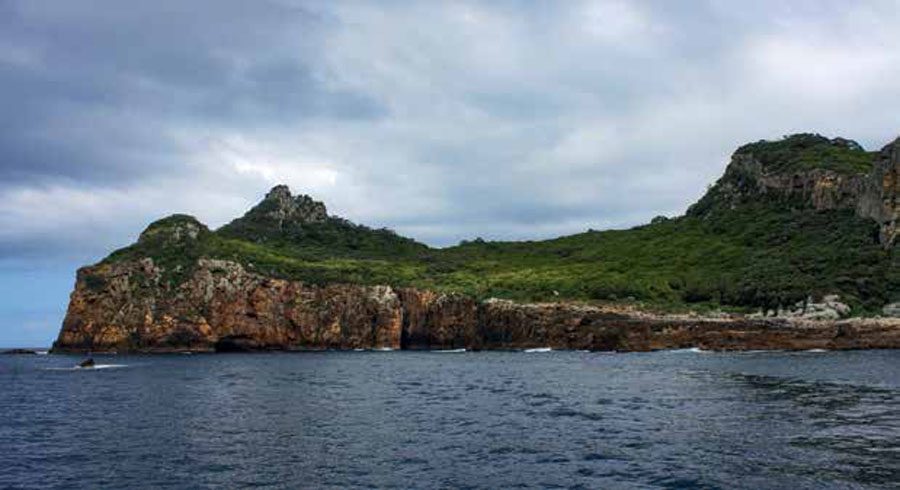
No one can explain for sure why the islands of Tawiti Rahi (the big island) and Aorangi (the smaller island), came to be called ‘The Poor Knights’, but from about four kilometres out the two islands seen together do sort of resemble the figure of a recumbent man. Perhaps a knight?
Who knows? What we do know is that a certain famous navigator had a soft spot for a special pudding dish involving toasted rolls topped with egg. Believe it or not, in the 1700s this dish was called The Poor Knights. Maybe Cook had enjoyed his favourite dish for breakfast the day he first explored the islands?
And while you can no longer catch a fresh fish for your breakfast, why not dine out on an interesting, exciting and uniquely memorable stop-over instead? BNZ




